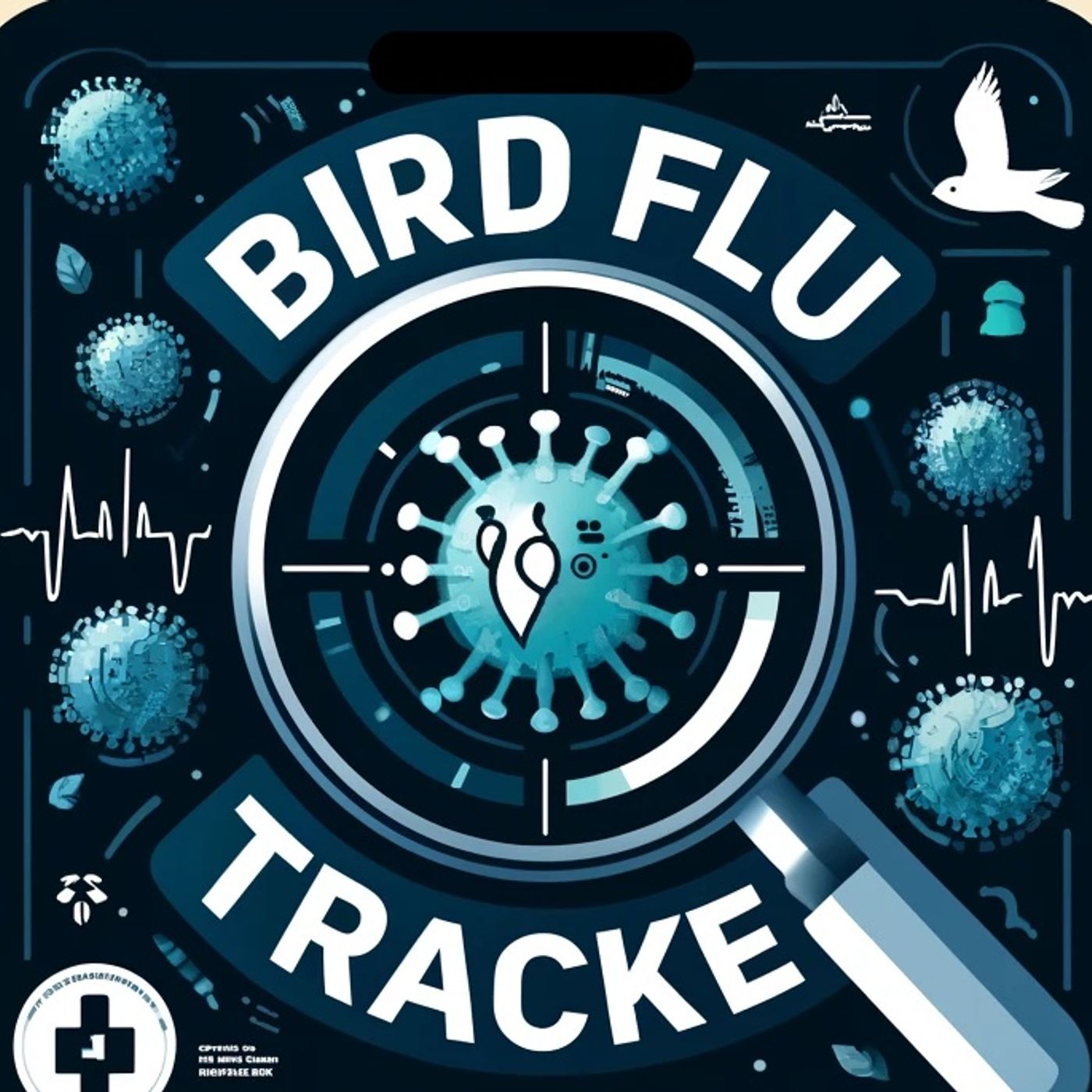Feb 03 2025 3 mins
As of the latest updates, the H5N1 bird flu virus continues to pose a significant threat to animal and public health, particularly in the United States. The virus, also known as avian influenza, has been widespread in wild birds and poultry globally and has recently expanded its impact to include dairy cattle and other mammals.
In the U.S., the situation remains closely monitored by public health officials. Since the outbreaks were first detected in late 2021, the virus has spread to all 50 states, affecting 623 commercial flocks and 753 backyard flocks, resulting in the depopulation of over 125 million turkeys and chickens[3].
As of January 14, 2025, there have been dozens of human cases, mostly among farm and dairy workers, with one reported human death. The cases are primarily associated with exposure to infected poultry and dairy cows, with 22 cases linked to poultry and 39 to dairy cows[2][3].
Symptoms of bird flu in humans range from mild to severe and include pink eye, fever, cough, aching muscles, sore throat, and in severe cases, complications like pneumonia or organ failure. Antiviral medicines have been effective in reducing the risk of severe illness[2][5].
The current public health risk is considered low, but health officials are vigilant due to the potential for the virus to mutate and become more transmissible between humans. The virus does not currently spread well between humans, but the higher number of infections in animals increases the likelihood of significant mutations[2][3].
Recent developments include the detection of H5N1 in dairy cattle herds across multiple states, with California declaring a state of emergency due to the virus's impact on its dairy industry. The California Department of Food and Agriculture has noted high levels of the virus in raw milk from infected cows, highlighting the risk of transmission through raw dairy products[3].
The Centers for Disease Control and Prevention (CDC) and other agencies are working closely to monitor the situation, conduct surveillance, and prepare for potential changes in the public health risk. Older vaccines for avian influenza exist but are not widely available; however, companies are developing updated vaccines for at-risk groups such as farm workers and hunters[2][4].
Globally, the H5N1 virus continues to circulate among wild and migratory bird populations, posing a continuous threat of transmission to other animals and humans. Experts warn that the longer the virus circulates, the higher the likelihood it will acquire mutations necessary for human-to-human transmission, potentially leading to another pandemic[3].
In summary, while the immediate public health risk from H5N1 bird flu remains low, ongoing vigilance and preparedness are crucial due to the virus's potential for mutation and the expanding number of animal and human cases. Public health recommendations emphasize the importance of cooperation from workers in high-risk industries and adherence to preventive measures to control the spread of the virus.
In the U.S., the situation remains closely monitored by public health officials. Since the outbreaks were first detected in late 2021, the virus has spread to all 50 states, affecting 623 commercial flocks and 753 backyard flocks, resulting in the depopulation of over 125 million turkeys and chickens[3].
As of January 14, 2025, there have been dozens of human cases, mostly among farm and dairy workers, with one reported human death. The cases are primarily associated with exposure to infected poultry and dairy cows, with 22 cases linked to poultry and 39 to dairy cows[2][3].
Symptoms of bird flu in humans range from mild to severe and include pink eye, fever, cough, aching muscles, sore throat, and in severe cases, complications like pneumonia or organ failure. Antiviral medicines have been effective in reducing the risk of severe illness[2][5].
The current public health risk is considered low, but health officials are vigilant due to the potential for the virus to mutate and become more transmissible between humans. The virus does not currently spread well between humans, but the higher number of infections in animals increases the likelihood of significant mutations[2][3].
Recent developments include the detection of H5N1 in dairy cattle herds across multiple states, with California declaring a state of emergency due to the virus's impact on its dairy industry. The California Department of Food and Agriculture has noted high levels of the virus in raw milk from infected cows, highlighting the risk of transmission through raw dairy products[3].
The Centers for Disease Control and Prevention (CDC) and other agencies are working closely to monitor the situation, conduct surveillance, and prepare for potential changes in the public health risk. Older vaccines for avian influenza exist but are not widely available; however, companies are developing updated vaccines for at-risk groups such as farm workers and hunters[2][4].
Globally, the H5N1 virus continues to circulate among wild and migratory bird populations, posing a continuous threat of transmission to other animals and humans. Experts warn that the longer the virus circulates, the higher the likelihood it will acquire mutations necessary for human-to-human transmission, potentially leading to another pandemic[3].
In summary, while the immediate public health risk from H5N1 bird flu remains low, ongoing vigilance and preparedness are crucial due to the virus's potential for mutation and the expanding number of animal and human cases. Public health recommendations emphasize the importance of cooperation from workers in high-risk industries and adherence to preventive measures to control the spread of the virus.
